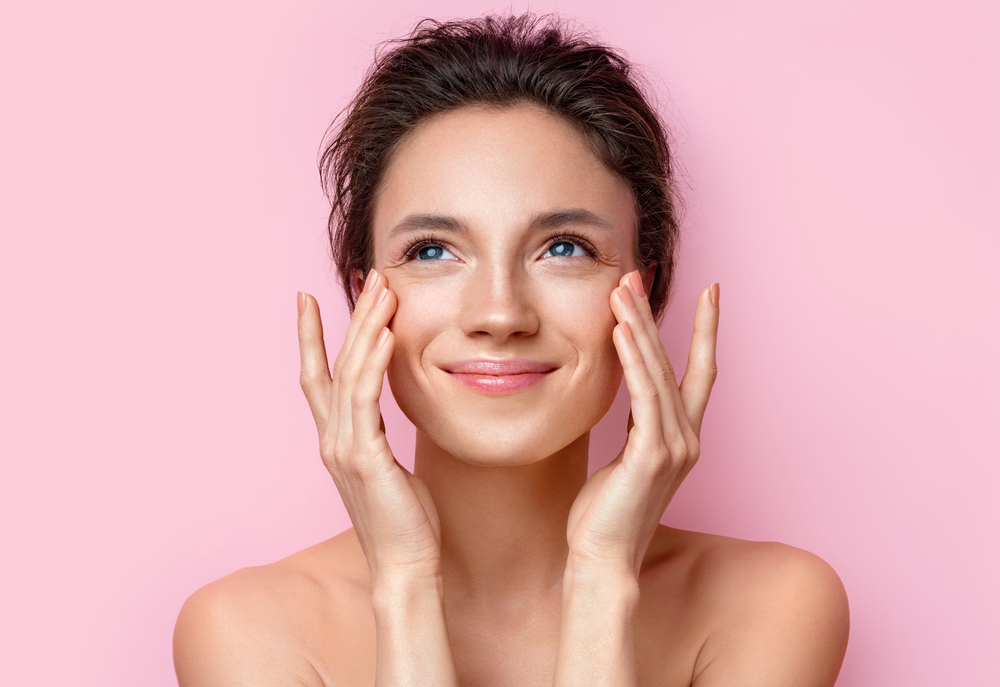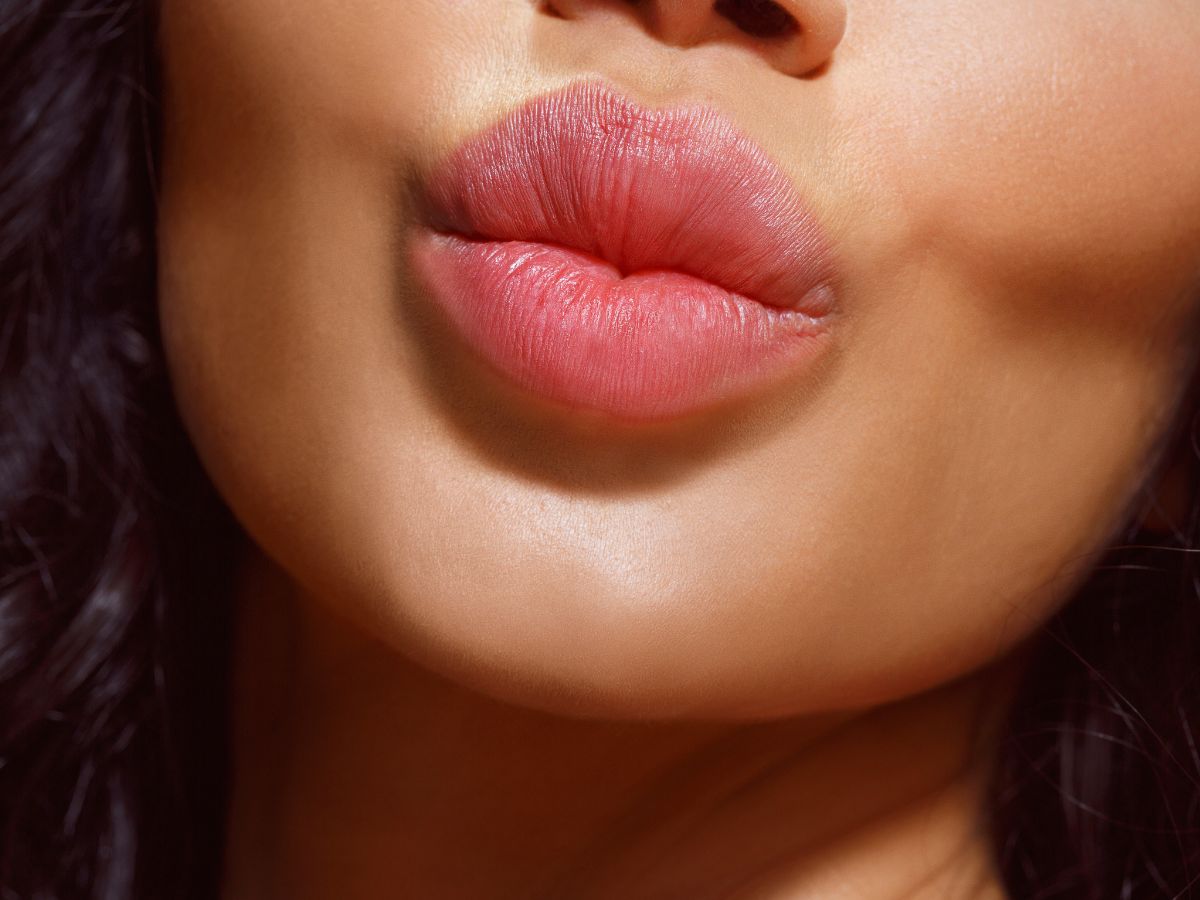With summer on the way many of us will find ourselves spending more time outdoors enjoying summer activities. This means more time under the sun’s harsh rays and therefore it may be time to review some of the essentials of sunscreen protection.
Evidence continues to mount that ultraviolet A (UVA) light is a contributing factor in skin damage, including skin cancer. Yet, most sunscreens offer little UVA protection.
Most sunscreens are designed to protect primarily against ultraviolet B (UVB) light, which absorbed by the uppermost layers of skin, causes sunburn and can cause some skin cancers. Although large dosage of UVA can cause sunburn, UVA also can aggravate UVB damage, penetrate into the deeper layers of the skin and damage underlying tissues, contributing to wrinkles and sagging skin.
Sunlight consists of three basic types of radiation: infrared, which provides warmth; visible light, which allow us to see; and ultraviolet. Ultraviolet light is further divided into three ranges: UVC, which is absorbed by the ozone layer and never reaches the earth’s surface, UVB and UVA.
Dermatologists estimate that 90% of all skin cancers are linked to sun exposure. About 600,000 people were diagnosed with skin cancer in 1991, which included 32,000 cases of malignant melanoma, a life-threatening form of skin cancer.
Significant differences exist between UVA and UVB. While UVB is most intense between 10 am and 2 pm during the summer, the amount of UVA in sunlight is more constant throughout the day and year and can be 20 to 100 times more abundant than UVB. UVA can more easily penetrate window glass and some types of plastic than UVB.
In addition, UVA may interact with certain systemic and topical medications in some people to cause skin reactions. Cosmetics, including some sunscreen ingredients and fragrances, may also cause photo-genic and photo-allergic reactions ranging from rashes to severe sunburn. Patients should ask their physician if any of their prescribed medication could cause a photo-allergic reaction.
Because UVA is present in sunlight every day throughout the year, most dermatologists recommend using a broad spectrum sunscreen year-round. The term “broad spectrum” is often used to describe sunscreens that provide protections against both UVA and UVB.
The SPF number refers to a sunscreen’s ability to protect against burning primarily caused by UVB rays. For example, if a person’s unprotected skin begins to burn in to minutes, and SPF 15 allows that person to stay out 150 minutes before he or she begins to burn. For protection against both UVA and UVB, some dermatologists recommend sunscreens that contain a combination of padimate O plus oxybenzone or padimate O plus parsol. Most recently there had been the development of “chemical free” sunscreens, which utilize titanium dioxide as the active ingredient.
We carry an excellent sunblock by Skin Ceuticals and for those that need extra moisturizer we care a line of sunblock from Elta. With sunshine just around the corner (hopefully), and if you need a great sunblock, stop by our office and ask about our blocks and which is the right block for your daily activities.
In addition to the correct sunscreen, don’t forget an appropriate hat and sunglasses to further block out those rays!
For free information regarding this and other procedures please contact our office.


